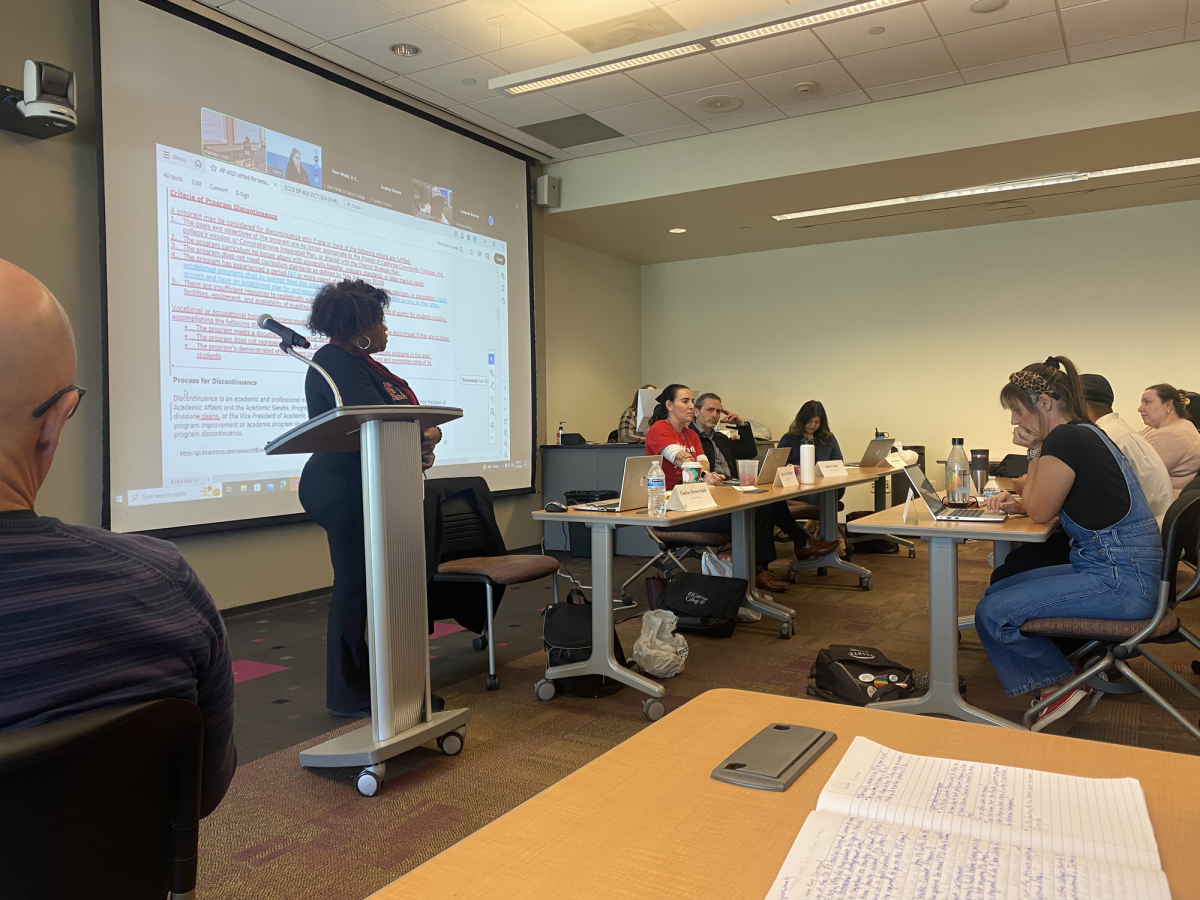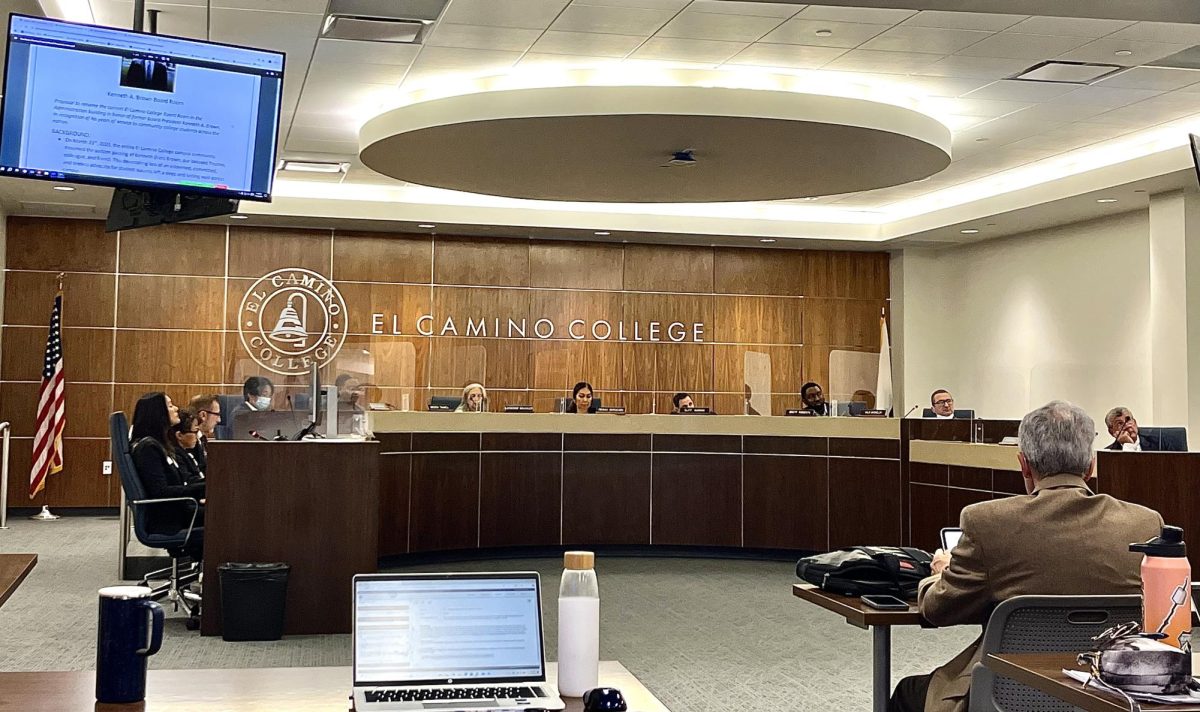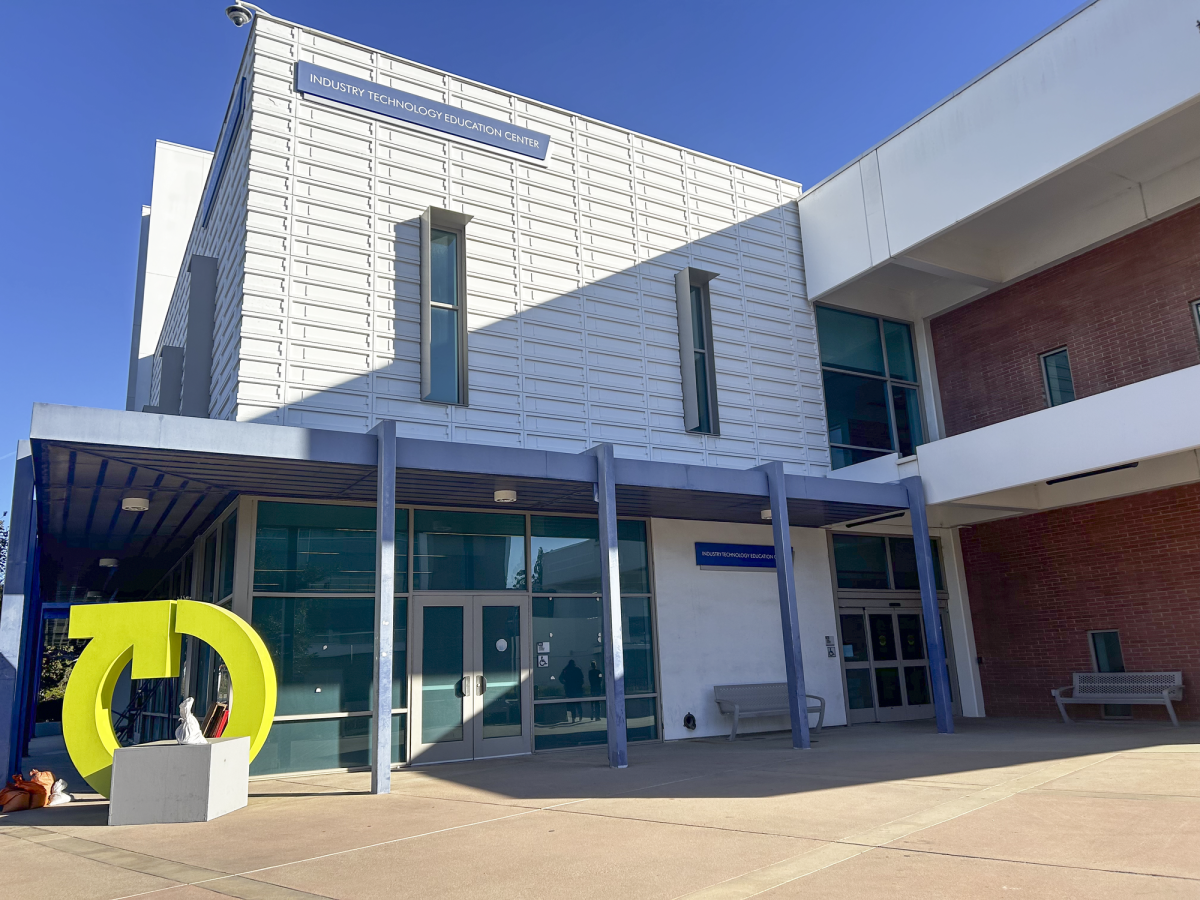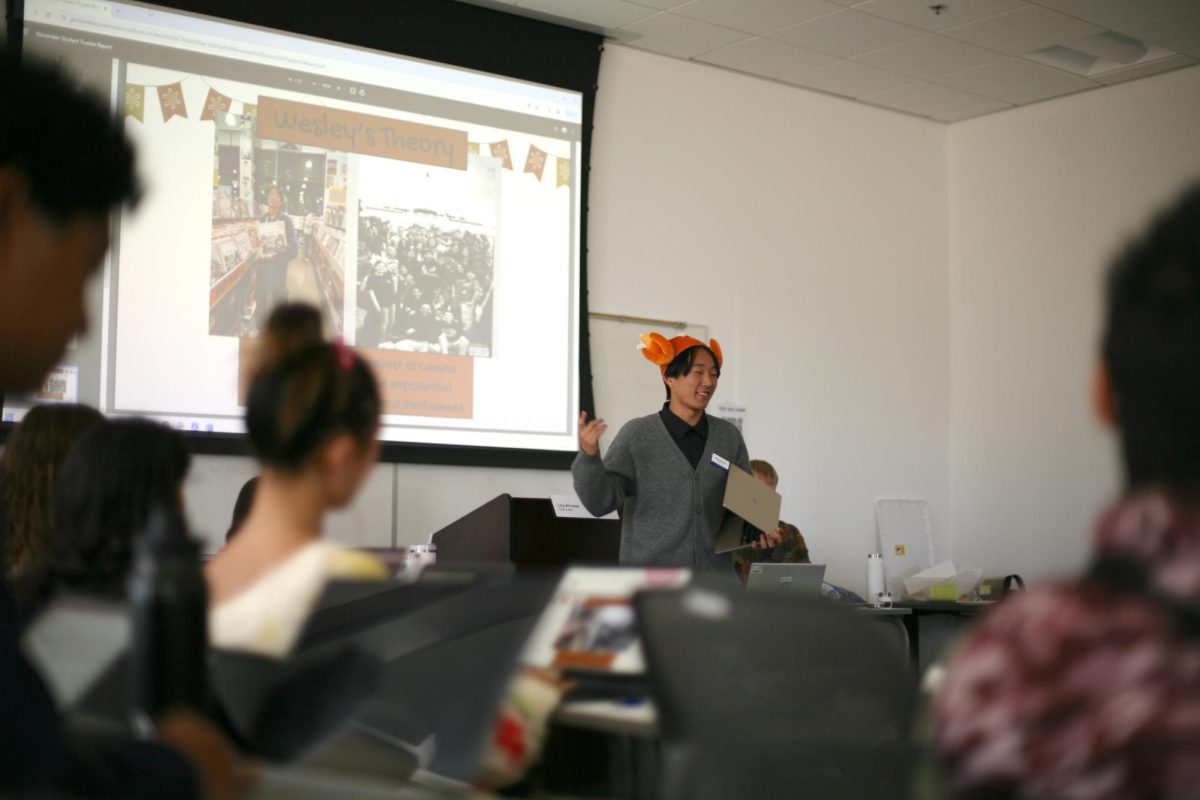When EC’s fire academy applied for accreditation, it not only passed with flying colors, but also left the state officials with a couple of ideas to implement at other academies.
After doing a self-assessment, fire and emergency associate professor Chief, Ken Mays and the rest of the fire academy decided they were ready to apply for accreditation from the state.
It was important for Mays to be extremely critical when conducting the self-assessment because when the state sends people from the state fire marshals’ training association, fire and technology directors’ association, and a state training and education committee member, they check every aspect of EC’s fire academy.
“They spent two days with us and looked at everything. They went over the facilities, talked to students and faculty about what we’re teaching, and checked all of our records,” Mays said. “After the two days, they said we were golden.”
The state officials thought so highly of EC’s fire academy that they are trying to implement some of the unique programs taught at EC at other fire academies.
One program that the state was really impressed with was the work that the fire academy does with transitional students.
“We help young boys and girls with learning disabilities, that have trouble socializing, by letting them ride around on the fire truck and squirting some water,” Mays said.
The state has been contacting Mays about applying the work with transitional students as well as some other unique aspects of EC’s fire academy.
“We have a mentor program where past graduates come back and volunteer by helping students, and the fact that we have women fire officers as instructors,” Mays said.
“The mentor program allows the best students to work individually with the returning mentors to get better in a certain area that they may have been struggling with,” Mays said.
The mentor program is not only beneficial to the students getting the training, but the program as well. It allows instructors move onto new material each class instead of devoting too much time to a specific subject.
“We also work with women in industry and are trying to get women in the fire service, which is considered a nontraditional job for them. So (the state officials) were very impressed by that and weren’t aware of many other programs making that conscience effort,” Mays said.
But the aspect of EC’s fire academy that impresses future employers of the graduates is that EC uses live fires, which is becoming rarer at academies across the nation.
“We’re one of the last academies that have a burn-building with live fires. Most academies now are getting away from burn materials and are using natural gasses, which is a Mickey Mouse approach to (firefighting),” Mays said. “What’s a fire academy if you can’t put out a real fire?”
Mays gets calls from fire departments that have hired graduates out of the EC fire academy, and they say the students from EC are more prepared for the job than students from other academies. Mays contributes this to EC’s ability to use live fires.
With this accreditation, EC is expecting even more students to enroll in the program, making this prestigious and difficult program even harder to get into.
“Some departments won’t even let you apply unless you graduated from an accredited academy,” Mays said. “Without b








